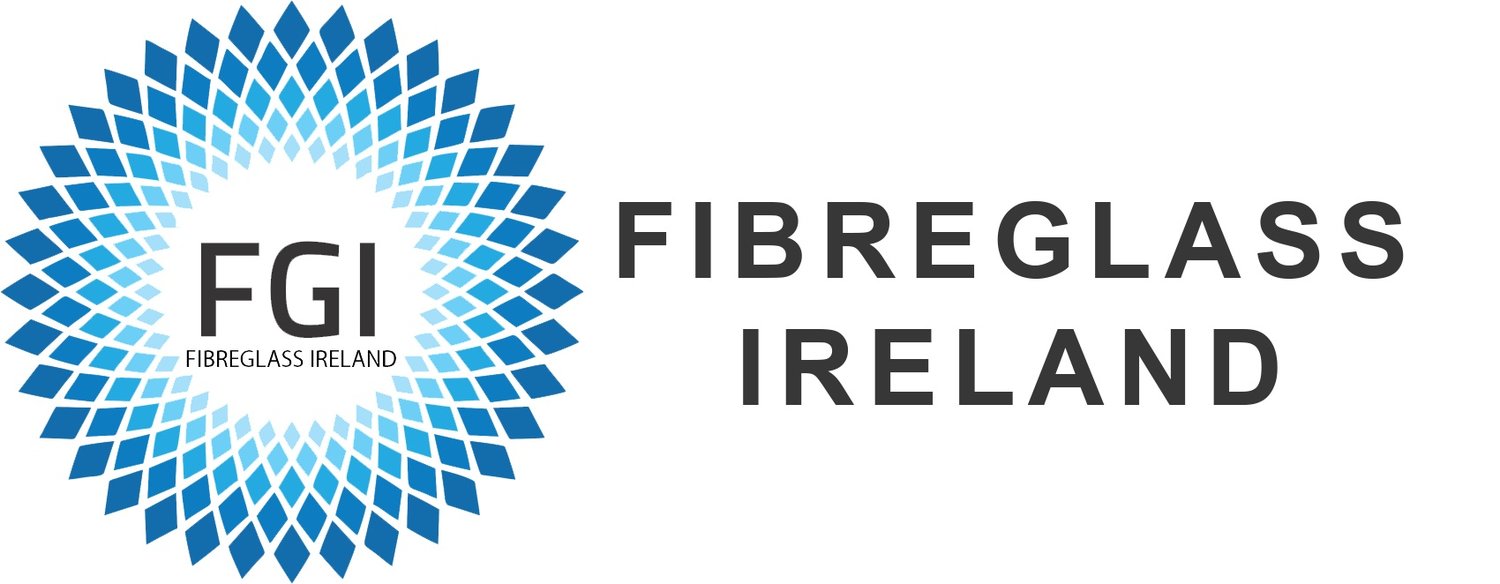WHY FIBREGLASS
Why Choose Fibreglass
Many people think of fibreglass roofs as a new idea or untested technology but you may be surprised to learn that fibreglass is a proven roofing material that’s been used in building industry since the 1960s.
There are plenty of roof materials and styles to choose from but the benefits of GRP ( Glass Reinforced Plastic) flat roofing are likely to provide you with everything that you could need.
There are two main benefits of choosing this solution over others that are available and they are the durability of the product and a watertight finish.
Durability
One of the biggest strengths of choosing a fibreglass GRP flat roof is the fact that these roofs are so durable. Thanks to the state of the art materials and technology utilised in these roofs Scott Bader confidently offers a 20 - 25-year guarantee on the permier cystic products, GRP simply does not deteriorate at the rate of felt or rubber.
An added benefit to the durability of the system is that these roofs require little or no maintenance due to the nature of the structure.
The advantage is that there are no seams, joints or welds to provide opportunities for water to get in and for components to be damaged or weakened.
Once the strong fibreglass layer is laid, a durable polyester resin topcoat is rolled over the top creating a fully sealed surface. Installed correctly by professionals, water cannot penetrate through any seams.
Watertight
Fibreglass is trusted in many other industries where long life and complete water-tightness are essential. It is a material that is used to make the hulls of boats, including the RNLI lifeboats.
Where there’s a seam, there’s the opportunity for water to penetrate. By the time you’ve spotted your flat roof is leaking, there will almost certainly be more damage than meets the eye. A fibreglass roof has no seams or joints where water can damage the structure of the roof and cause costly repairs to your home.
Even ‘modern, high tech’ rubber membrane roof coverings are fundamentally flawed as they still rely on glued or welded seams. Continuous testing of GRP roofs have shown that you can expect the laminate to last 30 years plus compared to the 10 years you can expect a felt roof to last if you’re lucky. It is the long-term, sensible, peace of mind solution.
Functionality
Fibreglass can be moulded to any area, around roof lights, light wells and any other obstacles and so tricky areas are not a problem. They can be made non-slip if the area is to be walked on.
Fibreglass roofs are finished with pre-formed GRP edge trims and a topcoat that is available in a range of colours to blend in with your existing structure, you are not limited to one product or look. This style of roofing can also be used in conjunction with roof windows or used alongside balconies and walkways.
GRP fibreglass has no chemical run off so it is safe for rainwater harvesting.
The Fibreglass topcoat finish comes in a standard dark grey but any colour in the Ral chart can be choosen.
Typical applications
Domestic Flat roofs
Commercial roofing
Roof valleys
Balconies
Waterproof tanking
Shower areas
Wet rooms
Water tanks
Ponds
Swimming pools
Fibreglass repair
And lots more




